Diagonal fabric has been known for quite a long time and is used in many areas of life. It is impossible to confuse it with another material due to its characteristic ribbed pattern. It is obtained as a result of a special weave of the fabric and increases its advantages over many other materials.
History of origin
The diagonal gained particular popularity in the late 19th – early 20th century. Before that, it was also known, but was used extremely rarely. The French general Nastin Galifet, after a serious thigh injury, invented trousers of a special shape, which later became known as breeches. This model hid the thigh area, which meant that the consequences of the injury were not visible.
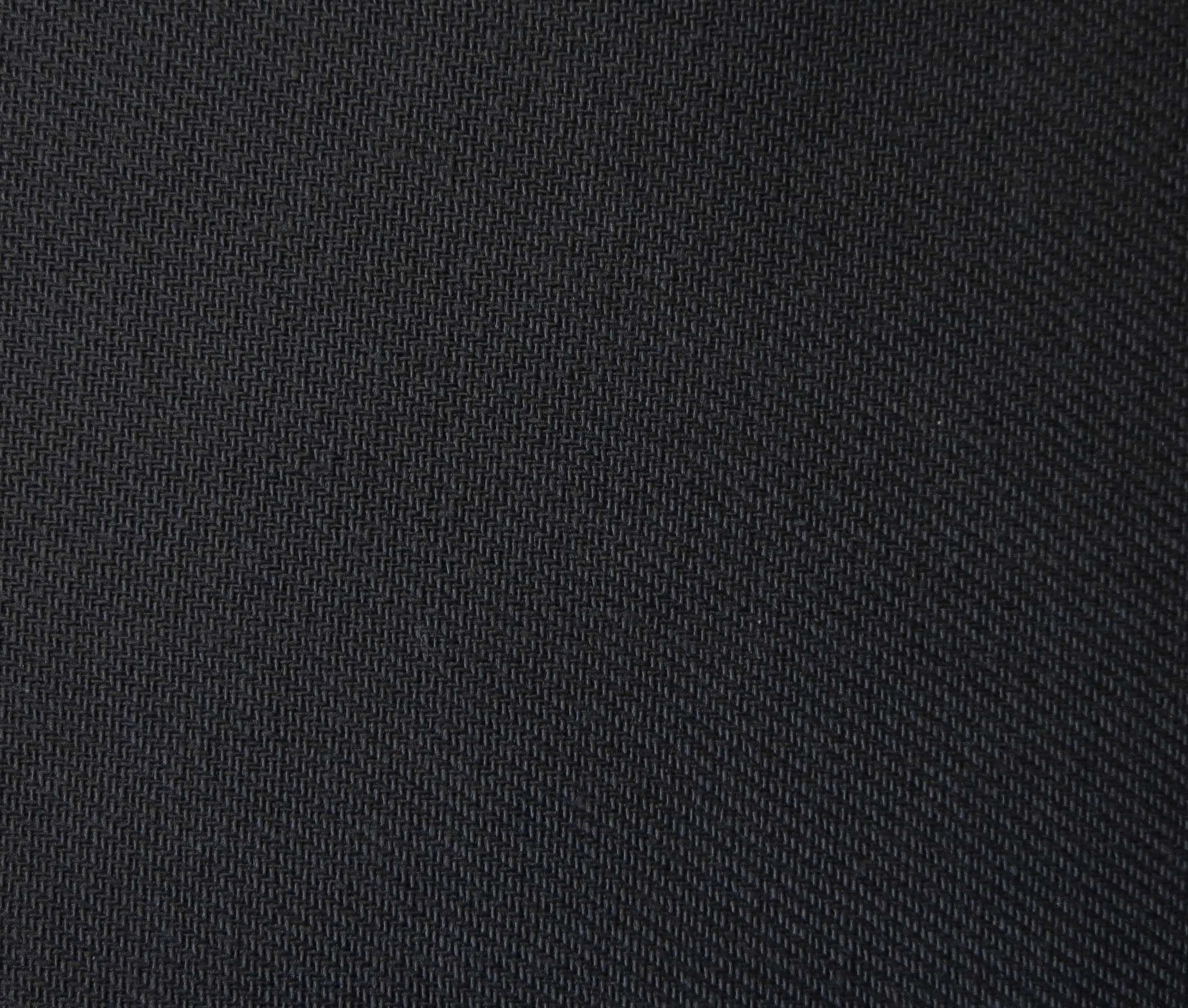
Trousers turned out to be very comfortable for riding, so they quickly became part of the cavalry uniform. The uniform had to be not only comfortable, but also last as long as possible, so diagonal fabric began to be used to make trousers. At that time, it was made from woolen threads.
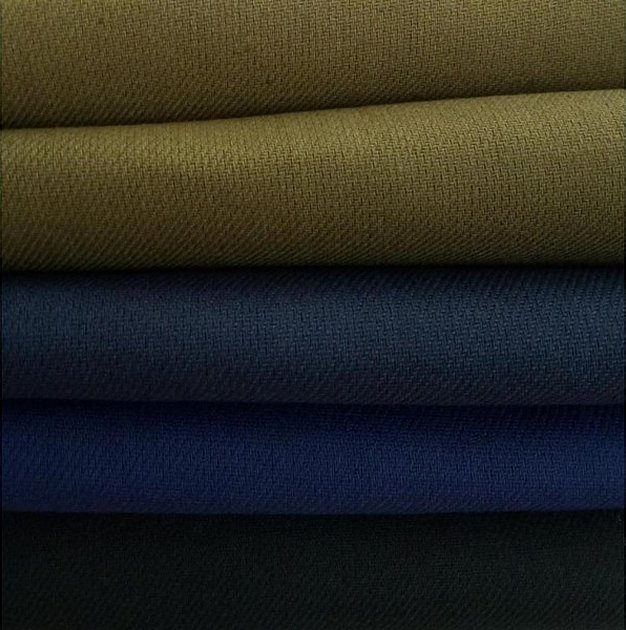
Important to know! Today, diagonal on a wool base is rare. Cotton fabric with the addition of synthetic fibers to enhance certain properties is more often used.
Characteristics of diagonal fabric
The diagonal material is a twill weave of the warp thread with the weft thread. The manufacturing process is such that diagonal scars are formed at a strictly 45-degree angle.
This method of weaving is good because it makes the product very durable, without making it too rough and unpleasant to the touch. Moreover, this characteristic can be enhanced by using threads of reinforced twist.
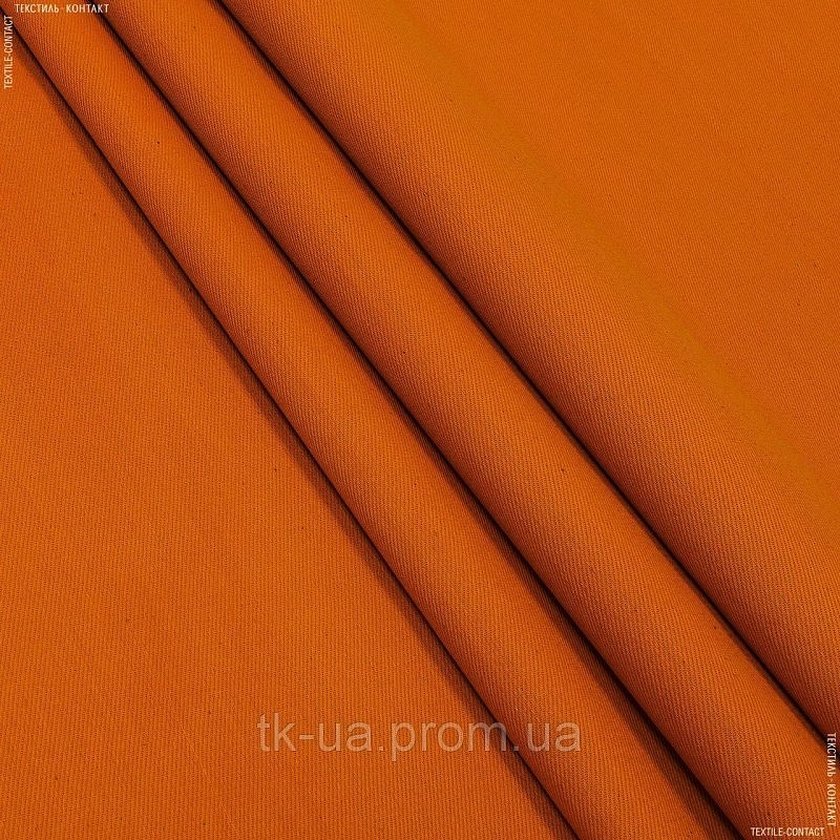
For your information! In terms of composition, it can be cotton, wool, silk or synthetic.
Among the main characteristics, the following can be highlighted:
- Does not change shape or shrink after washing
- Durable and resistant to mechanical impact
- Hygroscopic
- Hypoallergenic
- Eco-friendly due to its composition
- It is practical, because there is no need for careful maintenance.
Areas of application of dense diagonal fabric.
There are many areas of application for diagonal fabric. They vary depending on the composition of the material and the purpose of the product.
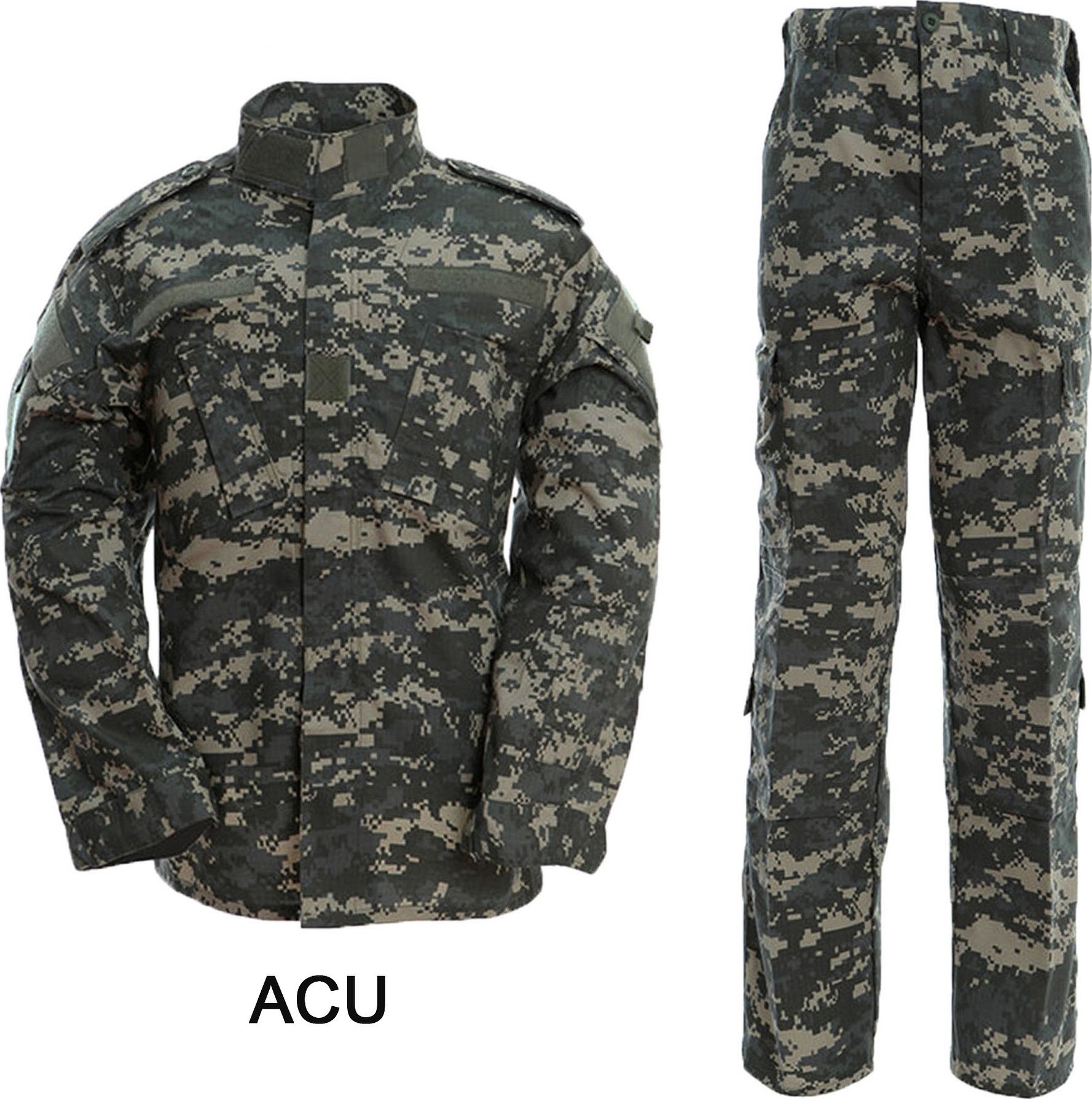
- Diagonal fabric is still used in military uniforms and army uniforms. It is also used to make camping equipment, not only clothing, but also tents and sleeping bags.
Interesting to know! Even shoes are made from diagonal fabric, not only for special purposes, but also for everyday use.
- The material is perfect for uniforms. Cotton overalls and overalls are used in the summer. Clothes for other seasons, as well as for some industries, undergo mandatory treatment with special water-repellent compounds, which makes them even more practical. Work gloves are made from untreated diagonal.
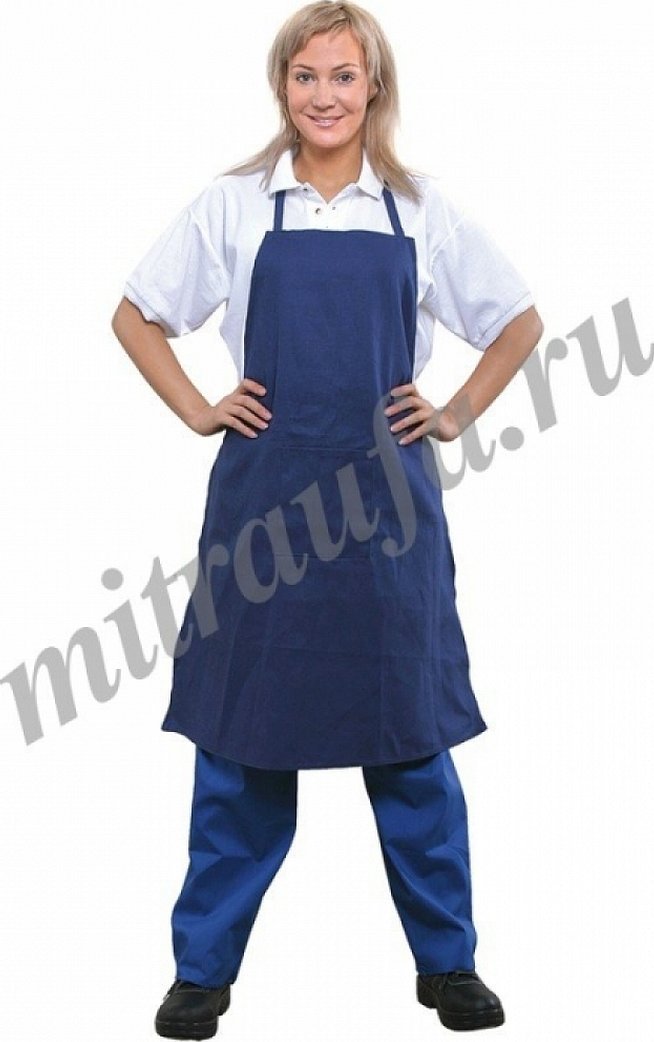
- Its use is not limited to this. Cotton diagonal is also used in the manufacture of clothing for offices and business meetings. It holds its shape well, which allows you to create a strict image, be it a suit or a dress. Some school uniforms are also made from diagonal suit fabric.
- The military style has been very popular over the last decade. It involves rather rough shirts, pants and jackets, stylized as military clothing. Straight and rather simple cut with large pockets has become a favorite of many. For such products, cotton diagonal khaki fabric is often used. It is presented in a fairly wide color palette from light beige to rich khaki.
- Clothes of expensive, elite brands are sewn from silk-based diagonal: dresses, skirts, trousers and men's business suits. And diagonal based mainly on wool is used to produce outerwear.
- If you add synthetic fibers to cotton, the fabric will become even more durable, and its wear resistance will increase several times. This material is used in furniture production as upholstery, a base for transformable chairs and bags.
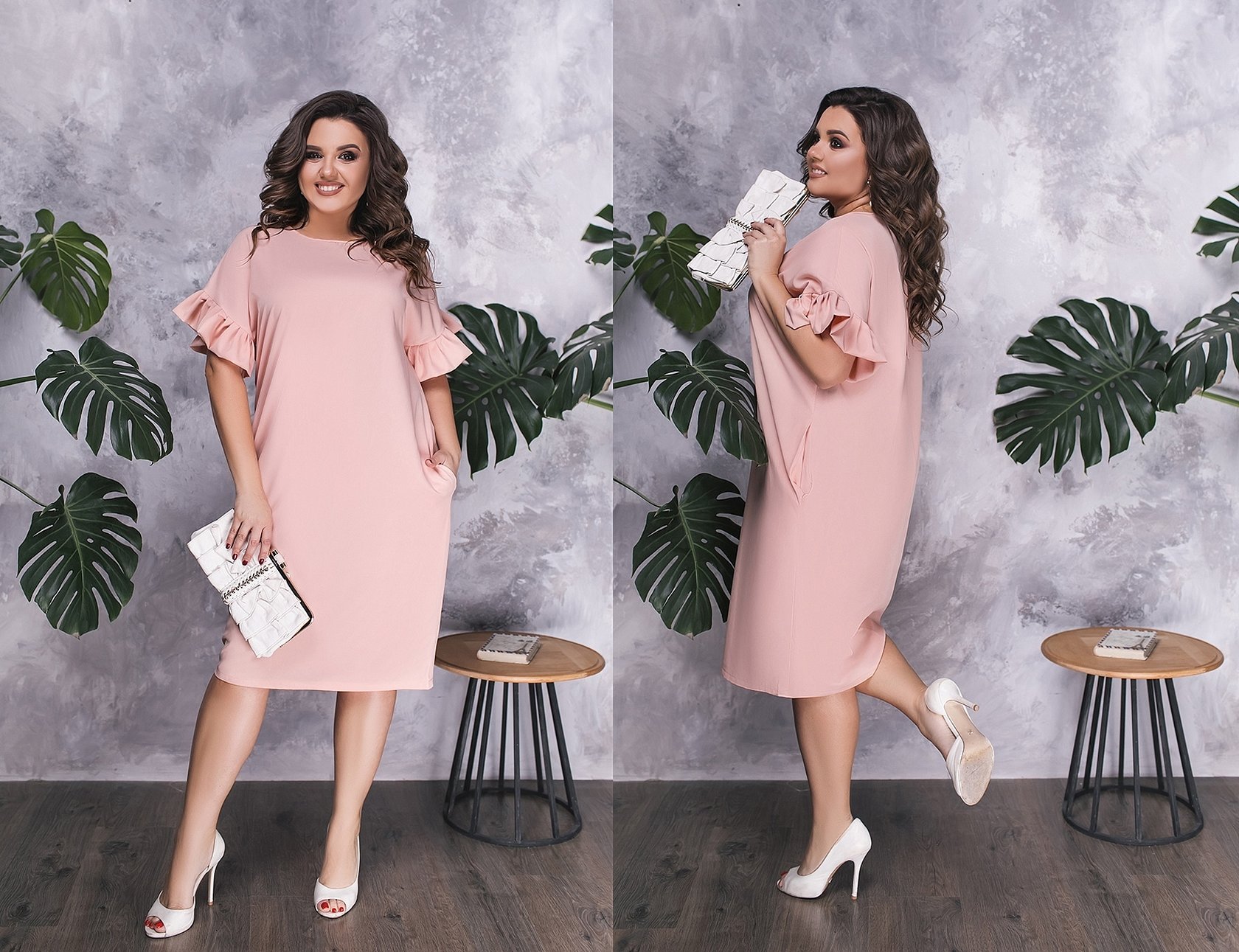
Care of diagonal products
Care of the material depends on the composition. Cotton-based diagonal fabric is washed at a temperature of 40 to 60 degrees. It does not deform when washed, so there is no need to use special care products. The main thing is that the washing powder does not contain chlorine.
Attention! It is important to note that during ironing the product may become slightly glossy and an unpleasant sheen will appear. To avoid this, you need to use gauze or other thin fabric when ironing.
It is recommended to wash the diagonal on the basis of wool and silk by hand or in the washing machine on a delicate mode. It is best to dry in the shade and iron from the inside at medium temperatures.
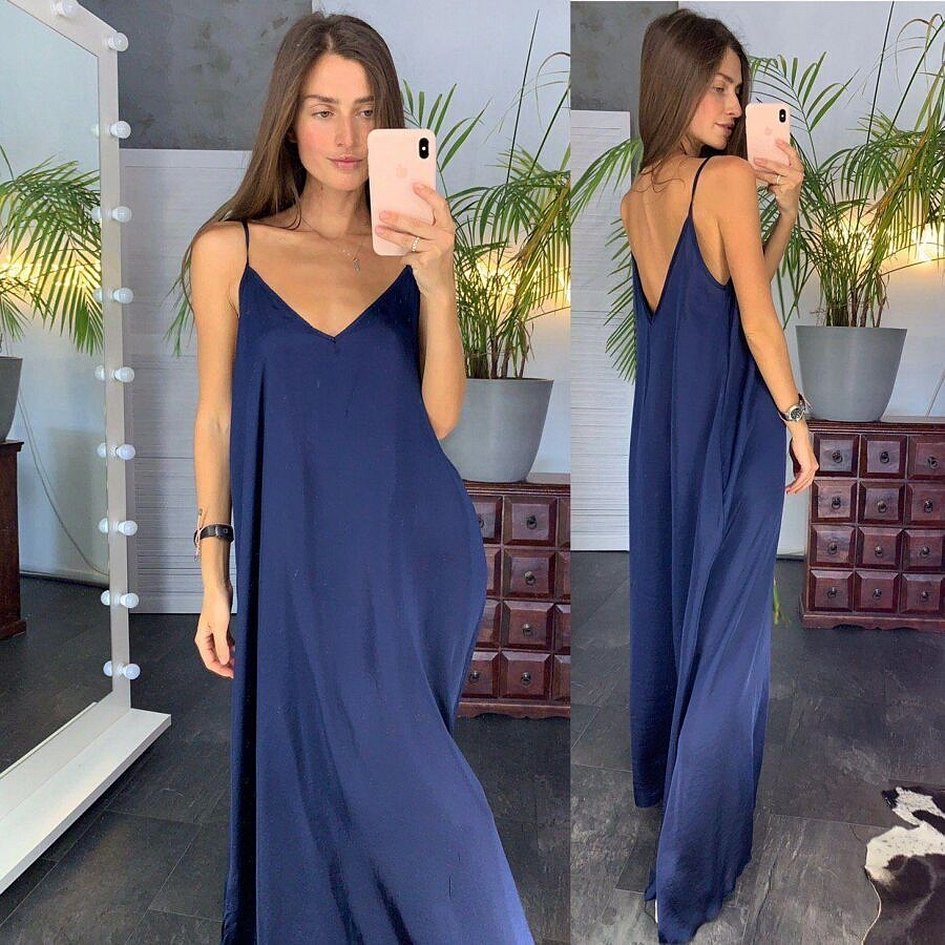
It is not recommended to wring out fabrics with added elastane, as well as knitted fabrics. In addition, it is better to avoid using tumble dryers.
Please note! Products treated with special impregnations require special care, and you should carefully study the markings.
Advantages and disadvantages of diagonal fabric
The description of the material characteristics speaks volumes about the advantages. It is obvious that diagonal fabric is a highly durable and resistant material. However, its durability does not make the fabric rough. It is soft to the touch.

The natural composition makes it not only an excellent material for allergy sufferers, but also allows everyone else to enjoy comfortable wearing, since the material is perfectly breathable. Again, the naturalness of the fabric makes it suitable for any weather. Hygroscopicity will allow you to feel comfortable at very high temperatures, and water-repellent impregnations will protect you from any bad weather.
Please note! A novice seamstress can safely experiment with diagonal. It is very convenient to work with: it practically does not crumble, does not deform and does not shrink after washing.
In addition, this material can be called budget. Its cost is much lower than that of competitors' fabrics with similar characteristics.
The popularity of diagonal fabrics suggests that they have virtually no disadvantages. Among them, one can only highlight low elasticity. There are cotton-based diagonal fabrics to which elastane is added for use in clothing production. However, this does not make the fabric even close to knitwear in its properties.
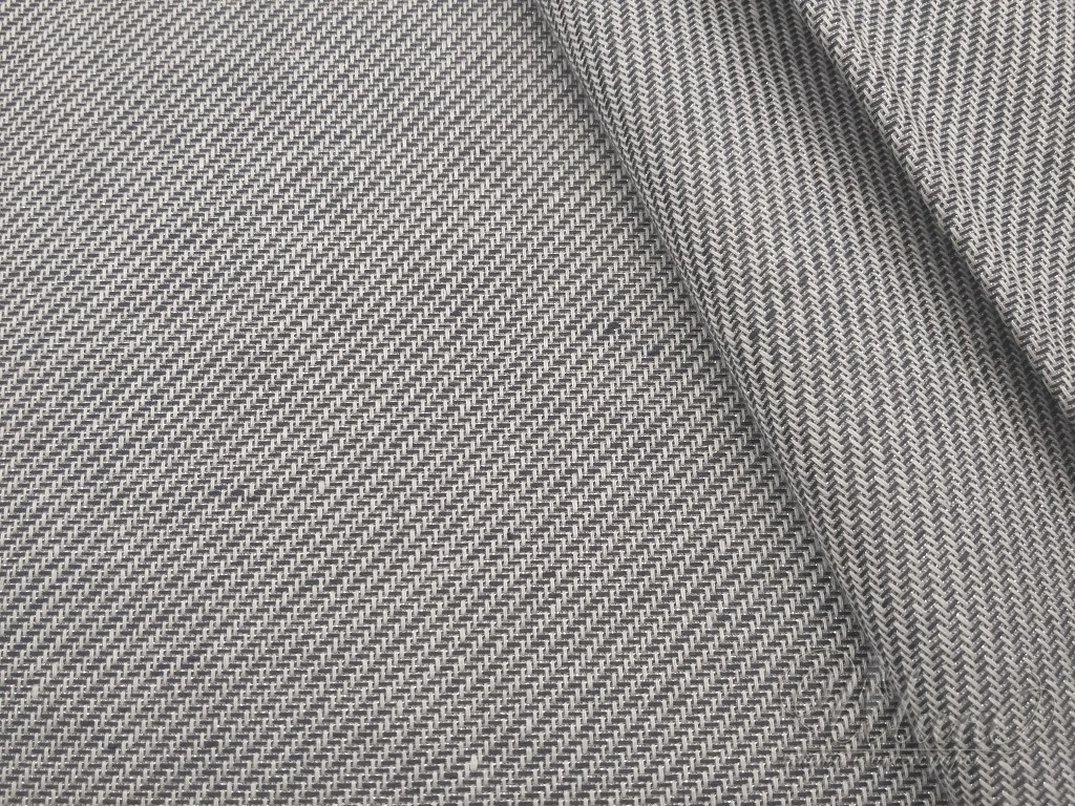
Another disadvantage of the fabric is its limited color palette. Manufacturers make any color and shade to order, but this requires additional financial investments. The standard color range includes beige, white, black, blue, and orange. This is quite enough to create a uniform, but not enough to produce stylish and trendy clothing.
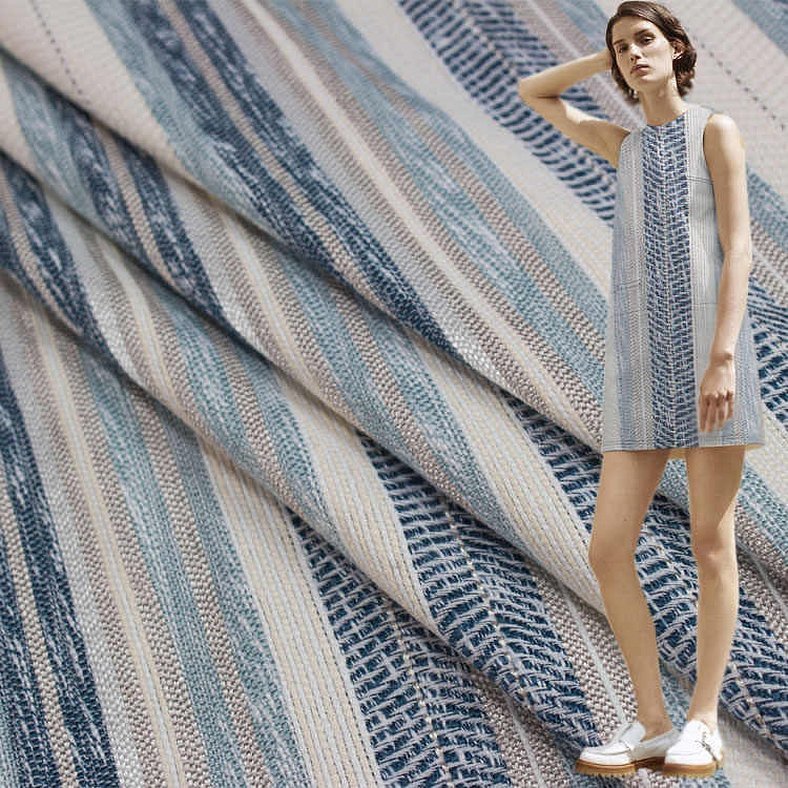
Thus, the diagonal is widely known for its positive characteristics. It is not for nothing that the area of its use is very wide and covers almost all spheres of human activity.
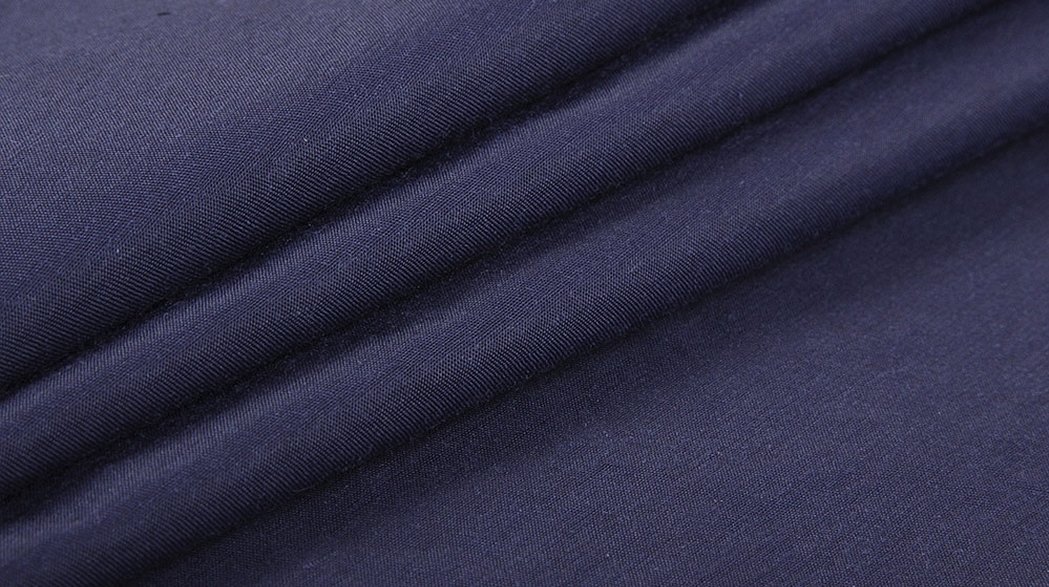
This fabric will never lose its relevance due to its numerous advantages. And will continue to occupy a worthy place among the representatives of the cotton industry.




